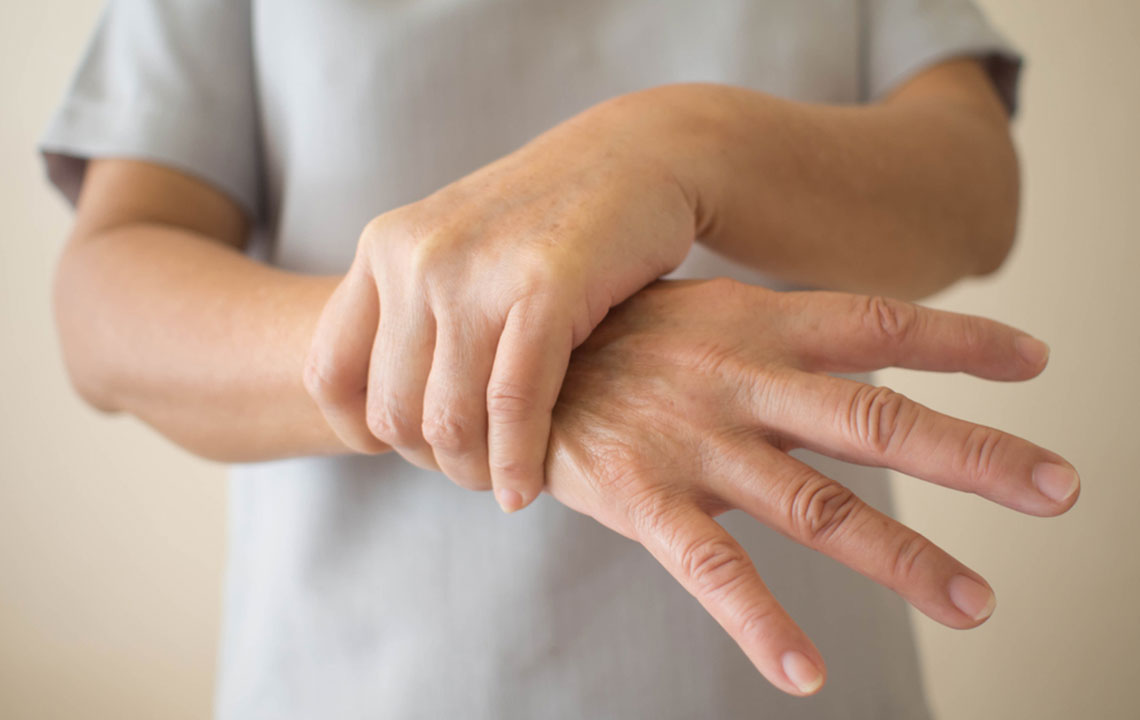Understanding Essential Tremors: Causes, Symptoms, and Management
Learn about essential tremors, their causes, symptoms, and how they can affect daily life. Discover signs, risk factors, and the importance of timely treatment to manage this neurological condition effectively.

Understanding Essential Tremors: Causes, Symptoms, and Management
Neurological conditions impact the nervous system, and one common disorder is essential tremor, characterized by rhythmic involuntary shaking. This tremor can appear in the head, neck, torso, face, and particularly in the hands. Often, symptoms become noticeable as individuals age. The cause remains uncertain, but abnormal brain activity in the thalamus is linked. It is hereditary in about half of cases, passed down genetically. Though not life-threatening, the tremor can progress and interfere with daily activities.
Essential tremors often manifest when performing tasks like tying shoelaces or holding objects, with symptoms varying in severity. They may resemble conditions like Parkinson’s disease, making diagnosis challenging. Tremors can be action-related or occur at rest, affecting different parts of the body, including hands, head, face, tongue, and legs. Common signs include persistent shaking, facial twitching, slurred speech, and gait imbalance. Mild cases might go unnoticed, but severe tremors require medical attention to improve quality of life. Early diagnosis and proper management are key to controlling this condition.










